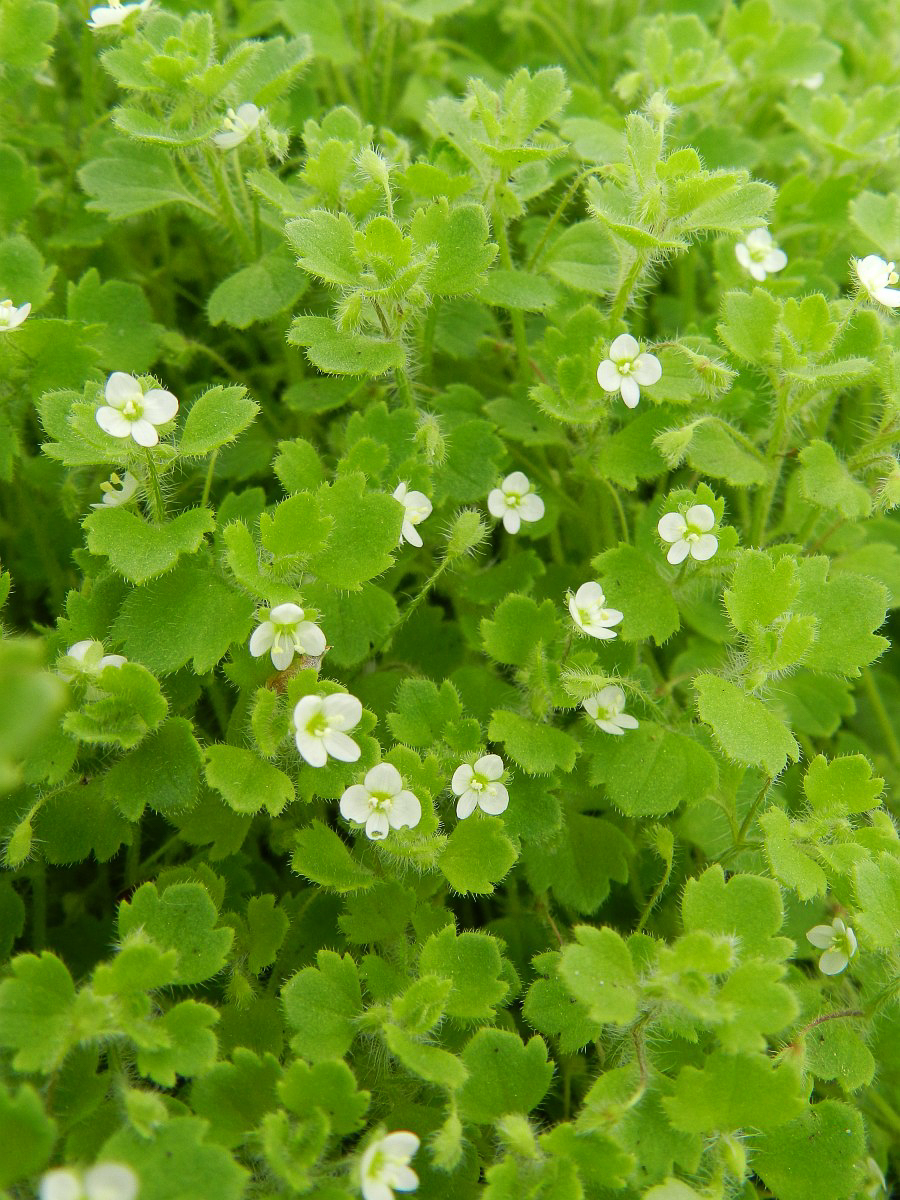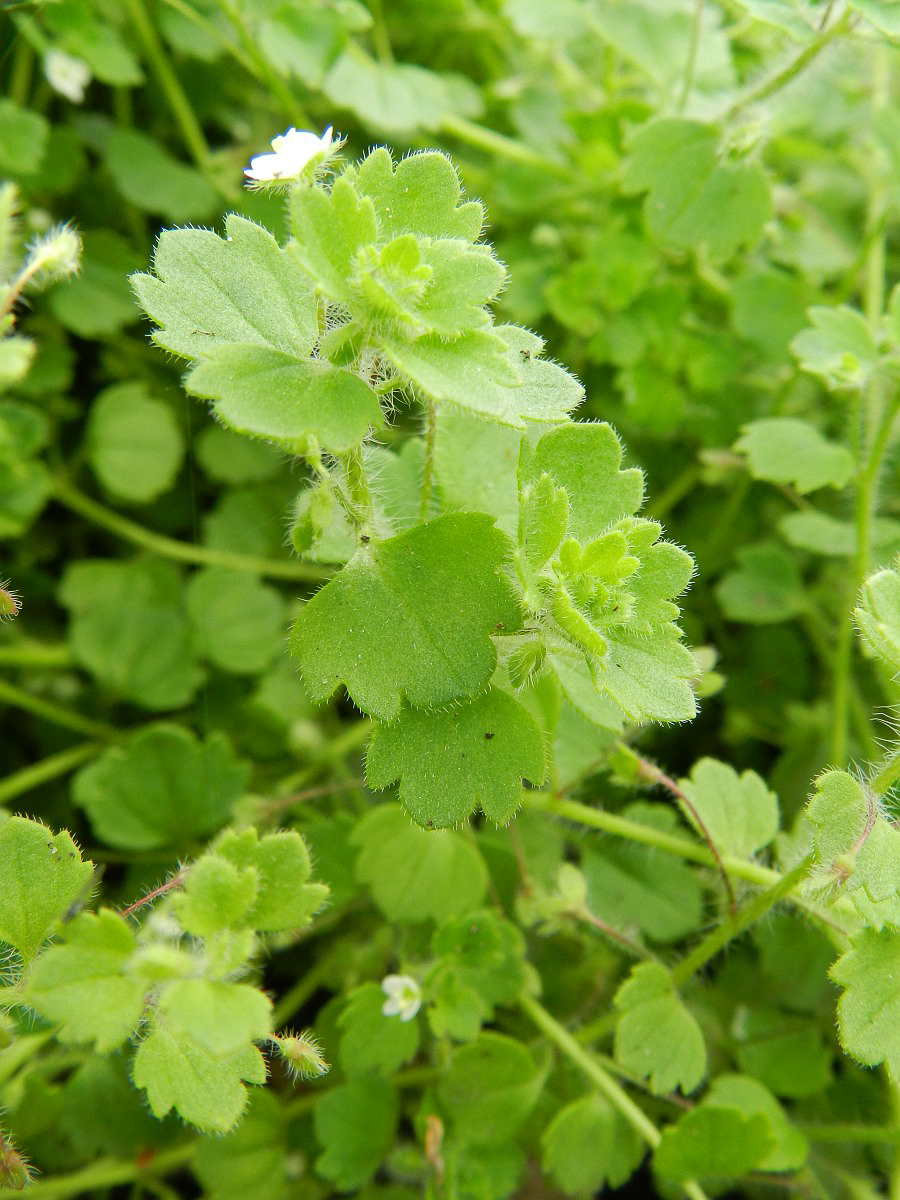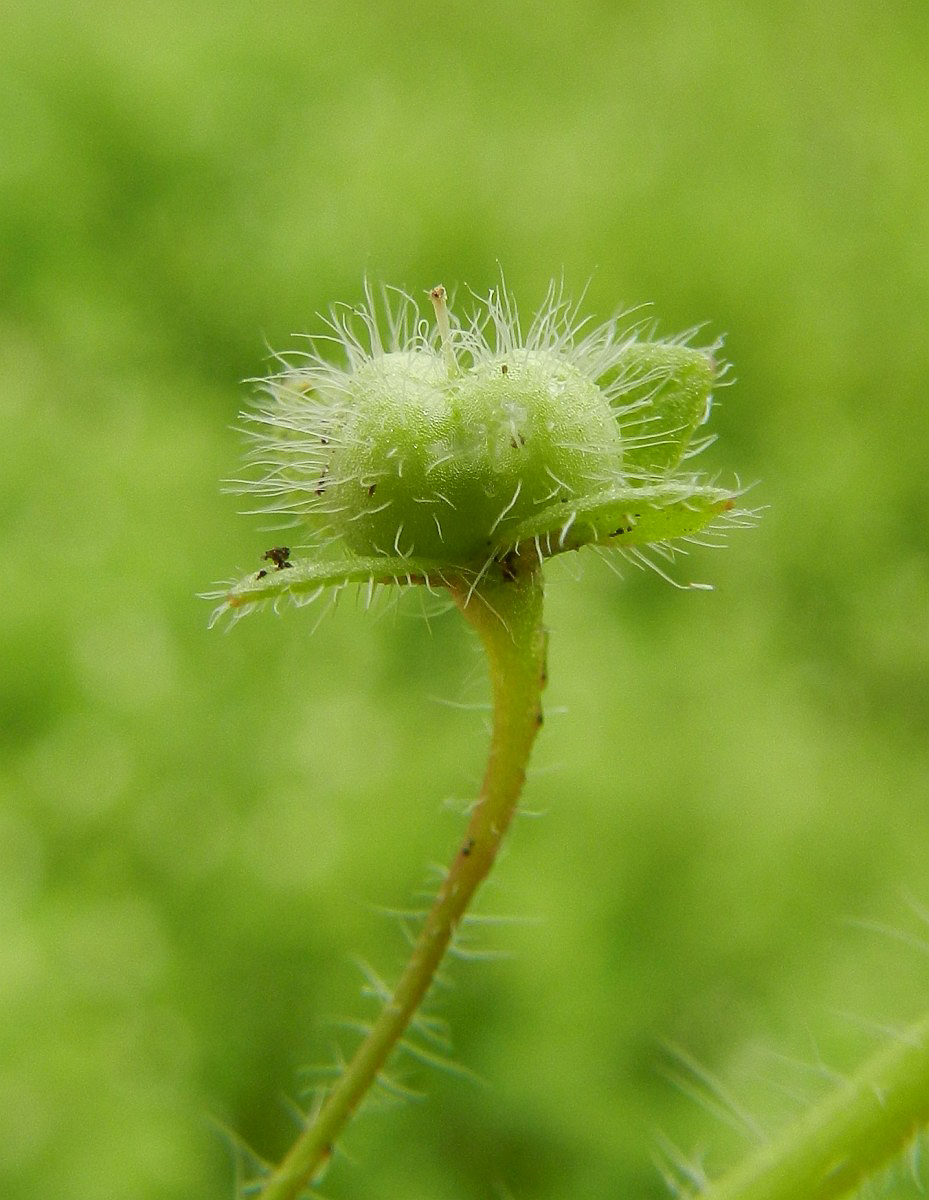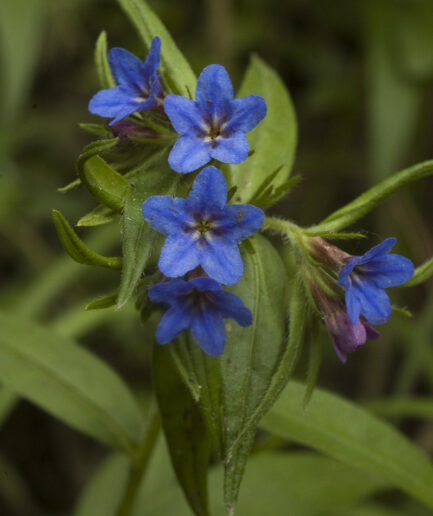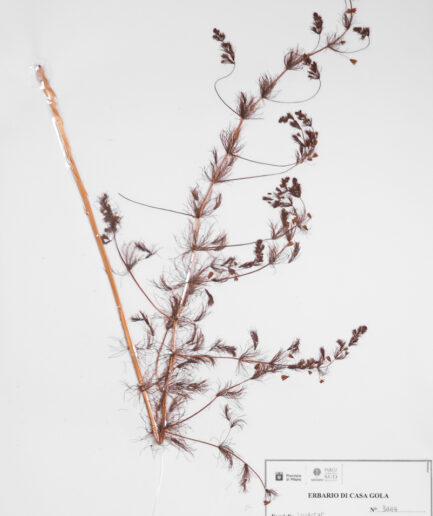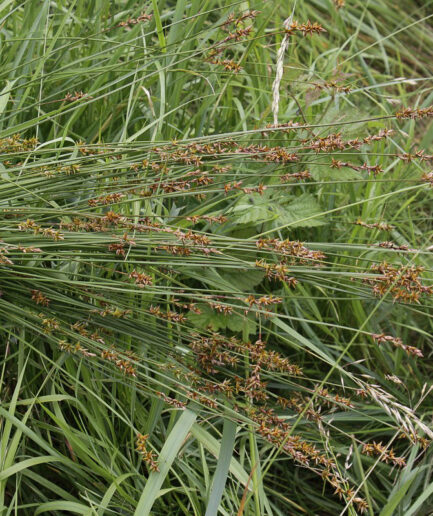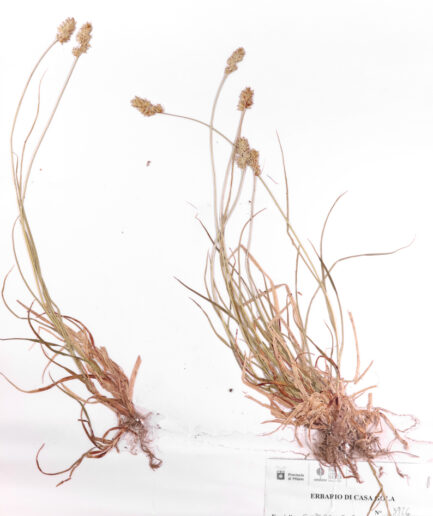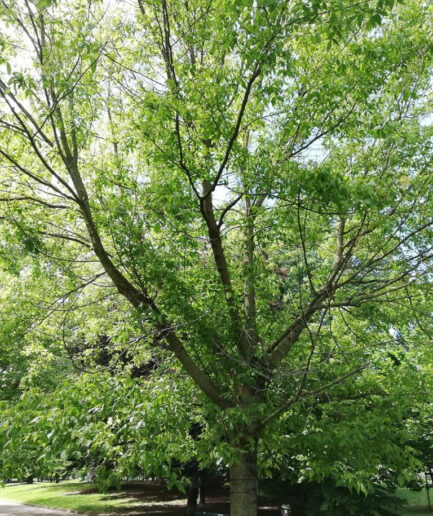Cymbalaria-leaved speedwell
Scientific name: Veronica cymbalaria Bodard
Family name: Sapindaceae
MORPHOLOGY
Habit and dimensions: slow-growing annual herbaceous plant, spreading horizontally to 10 – 40 centimeters.
Stem: numerous, highly branched, fragile, and covered with long, erect hairs.
Leaves: slightly fleshy, with simple, stiff hairs on both surfaces. They have a heart-shaped base, divided into 5 to 9 deep and unequal lobes. Upper leaves are opposite, while lower leaves are alternate.
Flowers: solitary, borne in the axils of the upper leaves on long, hairy peduncles. The corolla consists of four white petals, one of which is shorter than the other three.
Fruits and seeds: subglobose, bilobed capsules, each containing four dark brown seeds.
DISTRIBUTION AND HABITAT
Native to the Mediterranean basin, commonly found in cultivated fields, sandy soils, or along roadsides. In Italy, it is found from sea level up to 400 meters in altitude.
USE
No known uses.
INTERESTING FACTS
While the genus name is of uncertain etymology, the specific name is reminiscent of cymbalum (= cymbal), due to the shape of its leaves, which resemble the shape of a cymbal.
Photo: Courtesy of Saxifraga – Rutger Barendse and Willem van Kruijsbergen under a free license.


